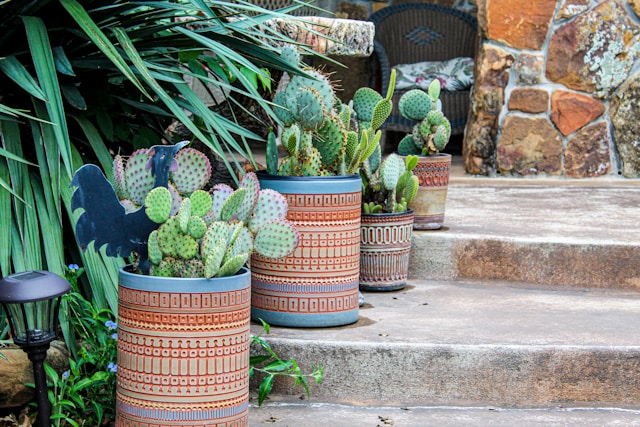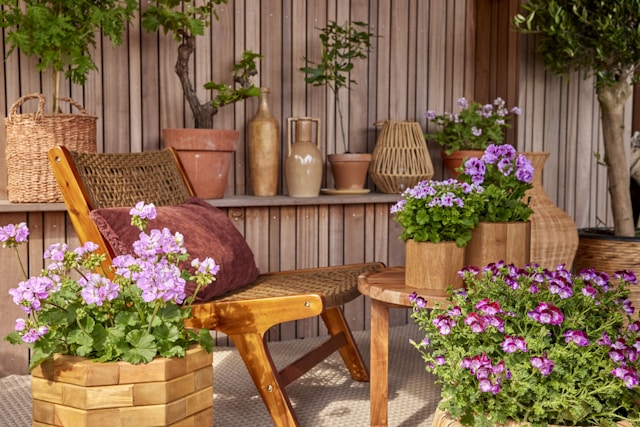There’s something magical about stepping into an outdoor space that feels like a personal retreat. The kind of place where you instantly want to grab a coffee, sink into a chair, and just breathe. Surprisingly, achieving this vibe often doesn’t require major landscaping projects or expensive renovations. Sometimes, it starts with something as modest as a planter — used thoughtfully and creatively.
Backyards, patios, and even small balconies can transform dramatically when greenery is framed and elevated the right way. It’s not just about adding plants; it’s about creating harmony, texture, and a sense of purpose in every corner. For those looking to refresh their outdoor areas quickly and affordably, one of the easiest first steps is to buy patio planters that complement the space’s style and dimensions.
The Emotional Impact of Greenery
Humans are naturally drawn to nature, and a well-placed planter can amplify this connection. By introducing color, life, and movement, planters soften the hard lines of fences, walls, and concrete patios. They also make small spaces feel more inviting and expansive by drawing the eye upward or outward. The simple act of placing a single vibrant plant in a sleek container can change how you experience your entire yard.
More than just decoration, plants in containers can evoke calm and joy. Whether you’re cultivating fragrant herbs by the door, vibrant flowers along a pathway, or lush greenery in a shaded nook, every planter has the potential to bring an emotional boost to your day-to-day life.

Choosing Planters That Work With Your Space
Before rushing to fill your outdoor area with containers, it’s worth thinking about the aesthetic and functional role they’ll play. The best planters not only highlight the plants themselves but also serve as design elements. They can complement architectural features, create boundaries, or add height where needed.
To make the most of your choices, consider these points when selecting planters for your backyard:
- Match materials to your home’s style — terracotta for rustic warmth, metal for modern minimalism, or ceramic for a colorful touch.
- Pay attention to size and scale; a tiny planter can get lost in a large yard, while oversized pieces can overwhelm small patios.
- Think about drainage and durability to ensure plants thrive through all seasons.
- Experiment with shapes — square, round, tall, or low — to add visual interest and variety.

Design Tricks for a Pinterest-Worthy Look
Once you’ve selected the right planters, the real fun begins: arranging them in ways that make your outdoor space feel intentional and stylish. Even without professional design skills, a few simple tricks can help you achieve that polished, “saved-to-boards” vibe.
One popular approach is to play with levels. Place taller planters behind shorter ones to create depth, or use plant stands to lift certain pots for a layered effect. Mixing textures — glossy ceramic with matte concrete, or smooth finishes with rough wood — can also elevate the look.
Ideas to Maximize Visual Impact
Creating standout corners or focal points can transform even the plainest backyard into something memorable. Here are a few ways to make planters shine in your design:
- Group planters in odd numbers for a more natural, effortless arrangement.
- Line pathways or stairs with matching containers to create flow and guide movement.
- Use planters as dividers to separate lounging areas from dining spaces without building walls.
- Incorporate seasonal changes — swap flowers or foliage to keep the space fresh and dynamic year-round.
With thoughtful choices and a little creativity, planters can do far more than hold plants — they can transform how your backyard feels and functions. A single container can spark a design story, and together, they can turn an ordinary patio into a sanctuary that feels worthy of any inspiration board.





